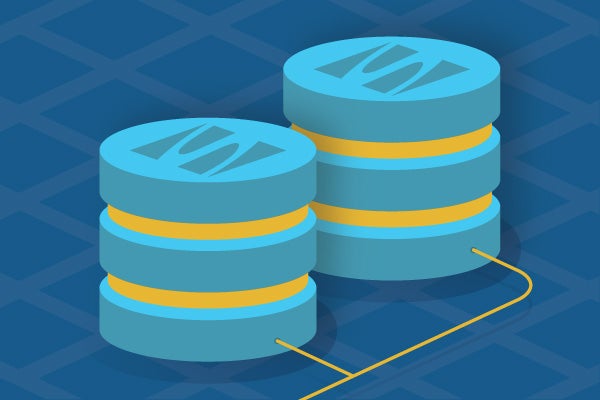
How to Manage Multiple SVN Repositories on an SVN Server
SVN repositories are collections of files and directories. SVN repositories also record complete histories of changes.
In complex projects today, it’s common to have 2+ SVN repositories for one project. But how do you manage them?
Multiple SVN Repositories on an SVN Server
Using multiple SVN repositories is an easy way to organize and diversify digital assets. For example, you might have front-end and back-end repos. Or you might have source code in one repository and binary dependencies in another.
Multiple repositories can be set up on an SVN server:
- Install the SVN server.
- Set up a project.
- Create a repo.
- Use the root directory to create additional repos.
Should You Use Multiple Repos?
A typical use case for multiple SVN repositories is component-based development. When digital content needs to be continuously reused and shared, SVN developers typically create multiple repositories. This strategy helps distinguish dependencies among the digital assets. But it’s difficult to effectively manage development between the repositories.
Let’s face it. Branching and merging multiple codelines in SVN is not a simple task. And adding multiple repositories into the mix creates even more complexity. When it comes time to release, it can be hard to ensure that changes between branches and repos are correctly integrated into the build.
Back to top3 Challenges With Multiple SVN Repositories
Branching and Merging
Small branches are universally recognized as the best practice. But long-lived branches are still useful in large projects — especially when developing future releases. This makes it necessary to move code from a branch in one repository into another. But SVN branching features create challenges.
In SVN, you identify branches by naming convention. There is no relationship between the branches and the main codeline. It’s hard to identify changes that need to be propagated across branches in different repositories.
Release Management
Quality control and release management is difficult when you’re working with 2 or more repositories.
Let's say you have a repository is dedicated to development. The other contains the master code. It’s a cumbersome process to verify that changes from the development branch make it to the release branch.
Without controls and traceability in place, faulty builds and unintended code freezes are common.
Clunky Workarounds
There are workarounds for streamlining development across multiple SVN repositories. You can use patching to copy changes from a long-lived branch to the trunk. But this requires arcane commands and more oversight.
Development teams can also use a third-party multiple repository management tool like mr. (mr stands for multiple repo.) With the mr command, SVN developers can checkout, update, and perform other actions on a set of repositories as if they were one combined repository. But it’s unclear from the online community if this tool is widely used and if it delivers true value or creates additional complexity.
Back to topAlthough there are workarounds to mitigate the challenges of managing multiple repositories, they create complexity and administrative overhead.
Helix Core: A Better Solution For Multiple Repositories
You shouldn’t need to use workarounds to deal with multiple SVN repositories for one project. Your version control software should provide native ways to manage them.
Helix Core is an alternative to SVN. It provides users with their own workspaces, so they can manage code from multiple depots. The client workspace lets you access and share files in the Helix Core server. And you can seamlessly work with files from numerous depots.
Rather than using repositories to diversify digital assets, Helix Core uses labels. In Helix Core, you can apply labels, names, and descriptions to both code and artifacts. And when it’s time to deploy, everything is strictly managed.
No Need to Use Extra Tools
SVN users often have two or more repositories for a given project. But rather than making it easy to collaborate and branch across repos, SVN forces you to come up with your own workarounds.
You don’t have to rely on additional tooling for multi-repo development. Cut out the complexity with Helix Core. You'll improve collaboration, ensure a single source of truth, and foster effective release management.
You can get started for free, for up to 5 users.
More on SVN:
Back to top